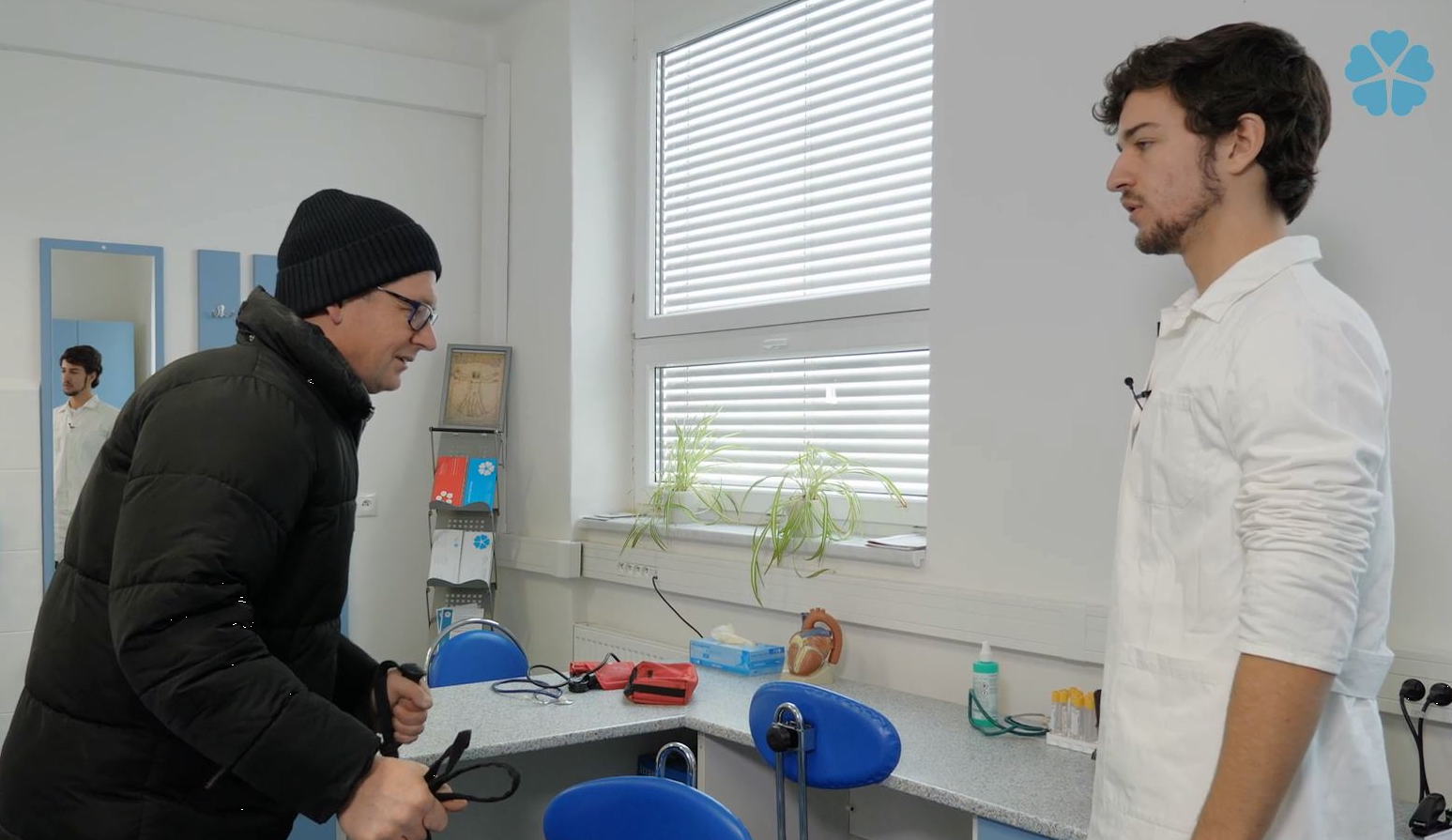Basic information
If you need to communicate with elderly patients, you have to make a connection with them physically and emotionally. Here are some tips.
1. Allow extra time. Elderly patients need more time to process the given information. Do not appear rushed or uninterested or the communication will be nearly impossible.
2. Avoid distractions. Patients want to feel that you have spent quality time with them and that they are important. Give your patients undivided attention in the first 60 secondsand they will have the feeling that you are devoted only to them. Of course, you should give patients your full attention during the entire visit. Reduce the amount of visual and auditory distractions.
3. Listen. Good communication depends on good listening so pay attention to what elderly patients are telling you. Doctors have the habit to listen for seconds before they interrupt and that may cause receiving insufficient information.
4. Speak slowly, clearly and loudly. When you provide information, the rate can affect how much elderly patients take in, learn and memorize. Speak clearly and loudly enough for them to hear you but do not shout.
5. Use short, simple words and sentences. Try to simplify the information you want to give and speak in an understandable way. Do not use medical jargon or technical terms. Some patients will not understand even basic medical terminology.
6. Stick to one topic at a time. Do not overload your patients with information and try to outline it. For example, first talk about the heart, then about blood pressure and then about treating blood pressure.
7. Write down your instructions. Write down your instructions in a basic, easy-to-follow format. Such form can enable patients to go back to what they have forgotten due to the stressful environment.
8. Use charts, models and pictures. Visual aids will help patients understand their condition and treatment better.
9. Give patients an opportunity to ask questions. When they ask questions, you will be able to determine whether they understand the information you have given.